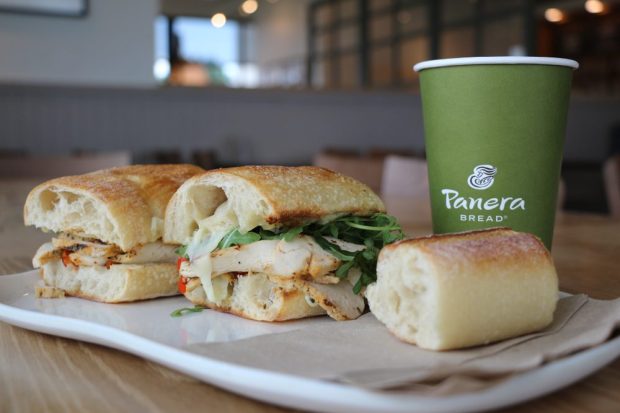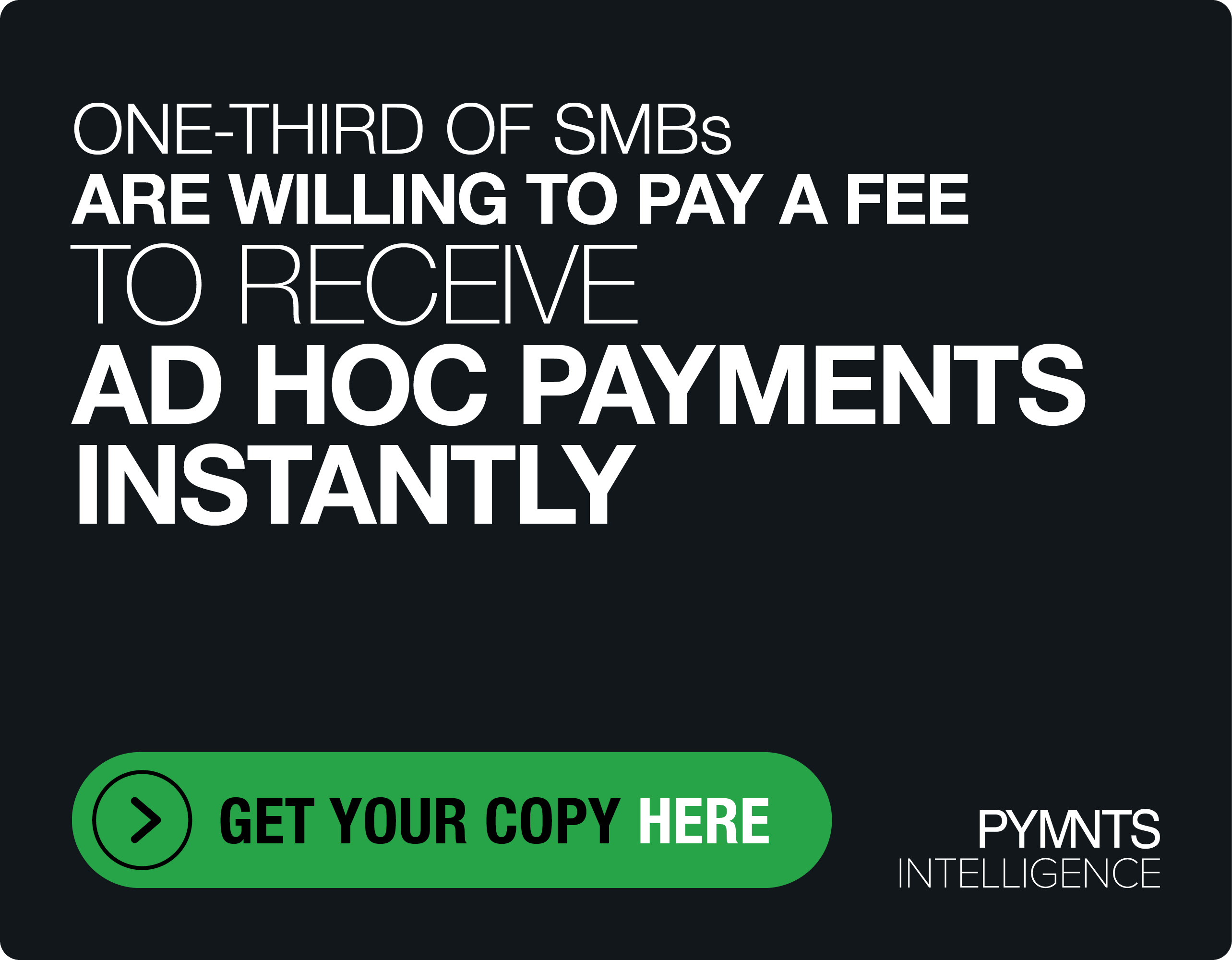Panera’s Chief Digital Officer: Biometric Payments Boost Consumer Loyalty

Panera is eCommerce-ifying its stores, leveraging digital to personalize the in-person experience.
In an interview with PYMNTS, George Hanson, senior vice president and chief digital officer at Panera Bread, the St. Louis-based fast-casual brand with more than 2,100 locations across the U.S. and Canada, explained how the company’s recently announced rollout of Amazon’s pay-by-palm capabilities fits into the chain’s broader loyalty goals.
“What we’re starting to do is bring these digital capabilities into the cafe and into what traditionally have been non-digital channels,” Hanson explained. “The POS, for example, with Amazon One, and last year, we rolled out contactless dine-in, which really put the guests in control of their in-café dining experience using their own phones.”
He noted that consumers have come to expect this kind of digital convenience across channels. Features such as Amazon’s palm payment technology enable the bakery-café chain to bring eCommerce-like data capabilities into stores. For instance, employees can greet guests by name and reference their order history. The move to bring this familiarity into the transaction builds on the trend of restaurant brands personalizing their digital platforms.
Notably, the focus of this rollout for Panera is on its ability to drive loyalty program engagement. The brand is only making the capability available to members, a stipulation that the brand brought up early on when Amazon approached the company with the payment solution.
“We came back and said, ‘For this to really be impactful in our business, we really need to take the scale and the opportunity that you’re presenting around the payment side and merge that with an ability to for loyalty identification,” Hanson said, adding that more than half of the brand’s transactions come through the company’s loyalty program.
This is certainly above the industry-wide average, with the majority of consumers not engaging with restaurant loyalty programs at all. PYMNTS’ study “Digital Divide: Restaurant Subscribers And Loyalty Programs,” which drew from responses from more than 2,000 U.S. adults who regularly purchase food from restaurants, found that 44% of consumers use loyalty programs at full-service restaurants (FSRs), and 38% do so at quick-service restaurants (QSRs).
As Hanson sees it, the success of Panera’s program comes from the leg up that the brand had on other restaurant chains, having gotten into the digital loyalty space in 2010 and 2011. He argued that this kind of longevity is key to actually being able to understand consumers’ preferences and habits since it is “really tough” to translate transaction data into actionable insights.
In the recent past, the move last year to extend the brand’s coffee and tea subscription into one that includes a wider range of beverage options, renaming it the Unlimited Sip Club, has offered the “biggest step change in our loyalty adoption and usage and retention” since the program’s initial launch.
“We’re leveraging what the guests have told us and what they continue to show us, which is that they’ve increased their digital adoption,” Hanson said. “They expect their phone to be a part of every interaction at every access point. We’re looking at all the areas that traditionally have been offline and adding value to the experience, leveraging our digital capabilities, and the guest is responding very favorably.”

